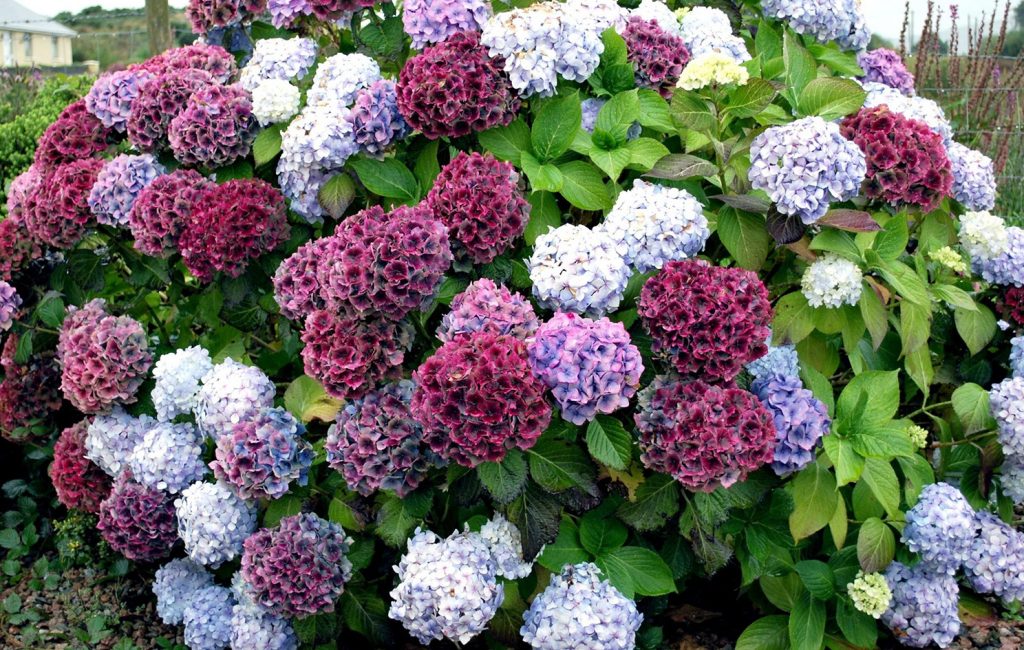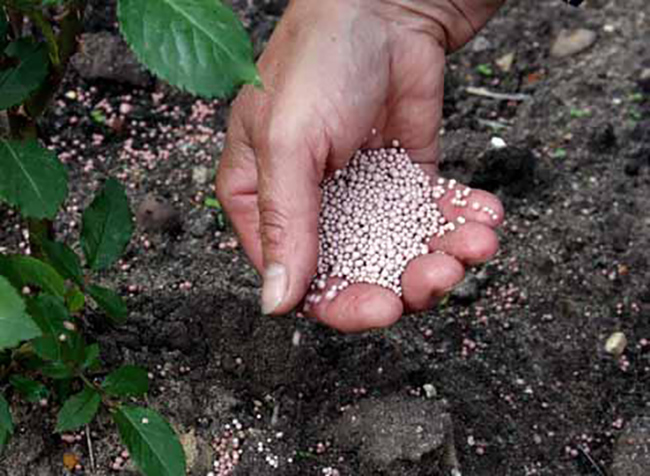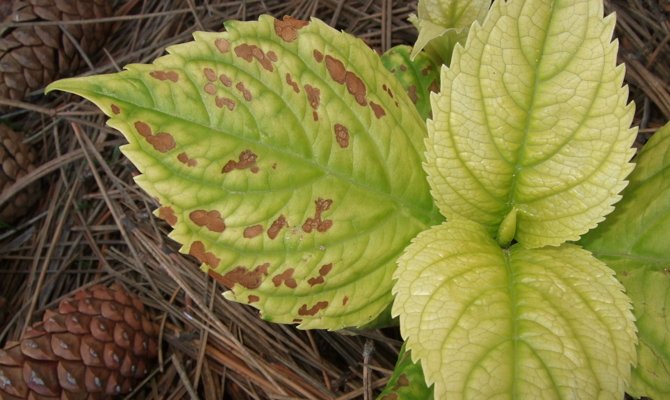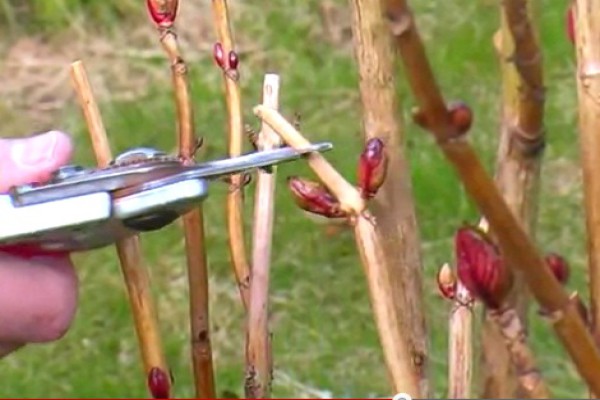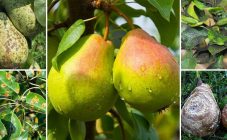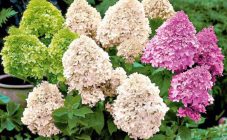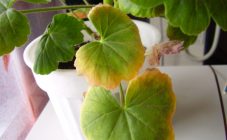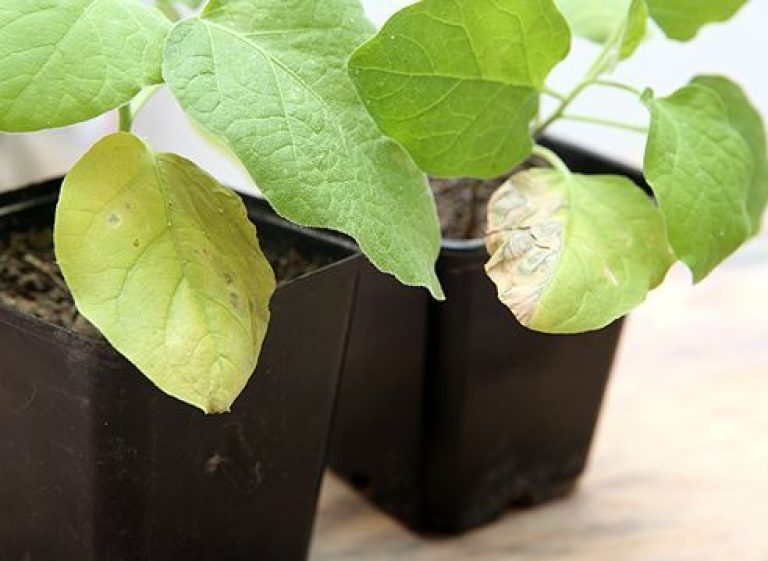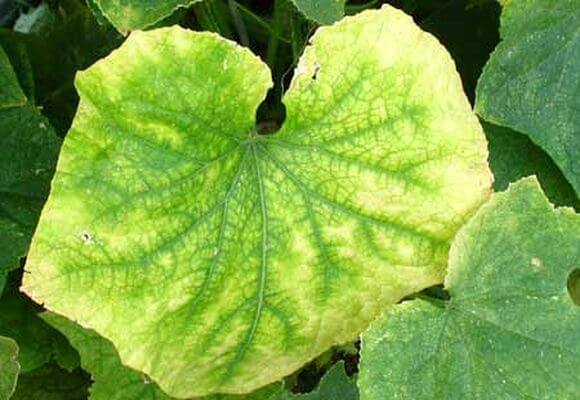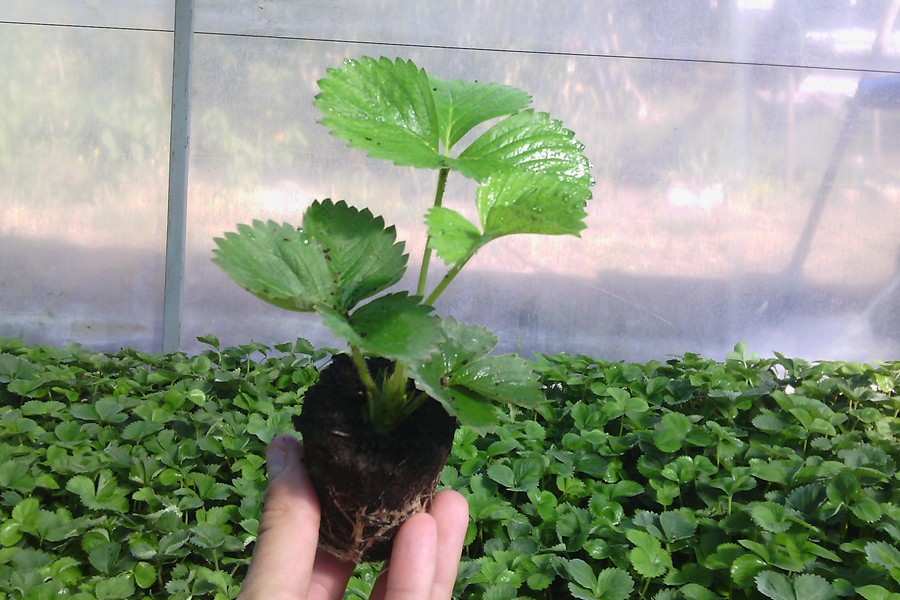Content:
Panicle hydrangea is one of the most beautiful ornamental garden plants. It is popular for its abundant and long-lasting flowering. In addition, breeders regularly present to the public's attention even more refined varieties, and they are intended both for planting in the garden and for home. And this makes the plant even more popular, but it requires proper care. Only in this way the shrub will develop and bloom normally. If the rules are not followed, the hydrangea's leaves may turn yellow and crumble, the plant will begin to dry, not to mention the fact that there will be no flowering.
Hydrangea paniculata: a short description
Hydrangea paniculata is a shrub or small tree, although there are also quite tall varieties that can reach a height of 10 m. The homeland of this plant is China and Japan. In Russia, in the wild, it is found on Sakhalin. But in general, the panicle hydrangea, along with the tree-like and large-leaved, was cultivated more than 100 years ago. And during this time, more than 25 varieties have been bred.
Planting hydrangeas is carried out in areas where at midday the plant will be in partial shade, otherwise it will disappear. If there is too much sun, then the plant will bloom later and will give few flowers. The best option is if the sun's rays fall only in the morning and evening.
Hydrangea paniculata loves loamy, well-fertilized soil with a slightly increased acidity index. In addition, the plant does not respond well to stagnant water, which is why it is so important to ensure good drainage. Before planting a hydrangea, a layer of expanded clay or small stones is placed in the prepared hole on the bottom. This drainage layer should help avoid stagnation. It is recommended to mix clay soil with peat and sand before planting, add earth intended for conifers.
Hydrangea paniculata loves moisture, so not frequent watering can cause its leaves to turn yellow. But you need to remember that it should be watered no more than 2 times a week. One adult bush will require up to 3 buckets of water. If it has rained recently, you need to wait a couple of days and even then reduce the amount of watering. It is better to use rainwater or settled water for this.
In the first year, the hydrangea will grow well without feeding, so they begin to introduce fertilizers from the second. Fertilize the plant after the first shoots appear, when the buds appear, and for the last time in a year already in August, to prevent nutrient deficiencies caused by flowering. Yellowish leaves can be the result of this deficiency.But there are other reasons, which are presented below.
The main reasons for yellowing hydrangea paniculata and their solution
As a rule, yellowing of the leaves of hydrangea paniculata is associated either with improper care or with a lack of any substances. The main reasons for this phenomenon are:
- Lack (or, conversely, excess) of light. If the bush grows in dense shade or in an area illuminated by direct sunlight during most of the daylight hours, then the leaves will first begin to turn yellow, then turn brown and dry. Hydrangeas need bright enough, but diffused light or even partial shade, and direct sunlight leaves burns. At the same time, yellowing caused by a lack of light leads to impaired plant development. If this is the case, then the hydrangea will need to be transplanted.
- Waterlogging of the plant. Although this shrub loves moisture, an excess of water is harmful to it. In this case, the leaves may turn yellow and fall off. If this has already happened, you need to first reduce the frequency and volume of watering. If everything returns to normal, then that was the reason. Poor watering, when the plant does not have enough water, is harmful in the same way.
- Low indicators of soil acidity. These plants prefer acidic soil with a pH of 3-6. Alkaline soils provoke the appearance of yellow leaves. It is not necessary to transplant such a plant, because you can simply acidify the soil. To do this, add freshly squeezed lemon juice to the water for irrigation. The recommended proportion is 2-3 drops of juice per 1 liter of liquid. If there is no lemon at hand, you can take vinegar essence, but change the proportion - 1 teaspoon per 10 liters of water.
- Lack of nutrients. Even if initially there were enough such elements in the soil, over time, their deficiency may arise. Therefore, the hydrangea needs to be fed regularly from early spring to mid-summer. At this time, it is recommended to apply mineral fertilizers once every 2 weeks and organic fertilizers once every 4 weeks. Yellowed leaves may indicate that the plant lacks nitrogen. In this case, you need to use fertilizer with the appropriate composition. Why do the leaves of hydrangea paniculata turn yellow in June? It may lack nitrogen, phosphorus and potassium to support flowering. In this case, fertilizers such as flower kemira will be needed. And in the fall, experts advise using only potassium-phosphorus fertilizers so that the plant prepares for the dormant period and gains strength for young shoots and flower stalks.
- Iron deficiency in the soil. In this case, you can use a special ferovit solution.
- The presence of drafts. Hortense loves warmth, she does not like temperature drops and hypothermia - 2 problems that are often combined with the presence of drafts. They can only be solved by transplanting the plant to a windless place.
- Significant temperature changes. There is no solution here. The culprit is the wrongly chosen variety for the region.
- Some plant diseases such as ring spot or powdery mildew.
Indoor hydrangea is adapted for development and flowering indoors, but yellowness may appear on its leaves. The reasons are basically the same as for a garden plant - root damage during transplantation, lack or excess of moisture, low air humidity in the room. In the latter case, regular spraying should help, this is especially true for the summer period. In the same way as in the garden, the reason here may be a lack of nutrients, because indoor plants also need feeding.
Other factors affecting plant health
One of the most common diseases of panicle hydrangea is powdery mildew. From her, the leaves not only turn yellow, a grayish bloom appears on their back. They gradually turn brown or yellow-green. Spots appear with clearly defined boundaries. With such a disease, it is better to use fungicides, for example, phytosporin, topaz. The latter helps even in advanced stages.
How to get an abundantly flowering plant
In order for the panicle hydrangea to bloom magnificently and beautifully, feeding and watering alone is not enough. From the age of 4, this plant should be pruned to achieve larger flowers and lush blooms. For old shrubs, rejuvenation is carried out, when part of the shoots is almost completely cut off.
During pruning, diseased and thin branches, especially those growing inside the crown, need to be removed. Branches damaged by frost after winter are removed, cutting them to a healthy area.
You can form a beautiful bouquet from cut branches with inflorescences, but it is better to admire the flowering of this plant in the garden. And this can be achieved thanks to the recommendations above!
